You're finally taking the plunge—investing in a personal oasis where you can unwind, de-stress, and rejuvenate. But with so many options out there, you're probably wondering: how much is a 1 person sauna going to set me back? The truth is, it varies. Think of it like shopping for a car; a no-frills model has a different price tag than a luxury SUV.
So, How Much Is a 1 Person Sauna?
Don't worry, we'll guide you through this. Just like any significant purchase, knowing what influences cost is key. Think of this as your guide to understanding 1-person saunas. We'll explore the different sauna types, additional features, and tips for making a smart investment that aligns with your budget and your self-care dreams.
By the time you finish reading this, you'll confidently answer, "How much is a 1-person sauna?"
The Types of 1-Person Saunas and What Makes Them Tick
First things first: what exactly is a 1-person sauna? Picture a compact sanctuary designed for solo relaxation—your own private retreat tucked away in your home. These saunas usually measure around 3 feet wide and 4 feet deep, providing ample space to stretch out.
It's not about feeling cramped; it's about cozy indulgence. This makes 1-person saunas perfect for those precious moments of solitude. Now, let's talk about the different types, because each has its own personality (and price point.). But before that, know that these come in both indoor saunas and outdoor sauna types as well.
1. Traditional Finnish Saunas

This is the original traditional sauna. These saunas use a heater to warm rocks, which radiate heat. The air gets dry and hot—think temperatures between 160-195°F. The experience? Intense, invigorating, and perfect for those who like it hot.
Finnish saunas, often built with Canadian hemlock wood, frequently have a cultural significance of gatherings and shared experiences. Hemlock wood is known for its rich aroma and resistance to moisture. Not sure what type of wood to get for your traditional wood burning sauna heater? We have it covered!
2. Infrared Saunas

Instead of heating the air, infrared saunas use infrared heaters. These heaters emit far-infrared rays, directly warming your body. The air temperature stays relatively lower, around 120-140°F. This makes it a gentler option for those sensitive to extreme heat.
The experience? Deeply penetrating heat, muscle relaxation, and detoxification. It's like giving your body a warm hug from the inside out. Many find infrared saunas more comfortable. Plus, they tend to heat up faster than traditional saunas.
3. Portable Infrared Saunas

Imagine this—a sauna you can literally fold up and store away. These saunas are the epitome of convenience, typically designed with flexible materials and lightweight construction.
Picture popping up your sauna whenever and wherever the mood strikes. Portable saunas might lack the durability and longevity of built-in counterparts. Plus, their smaller size may limit your options for lying down comfortably. It's all about tradeoffs.
The Factors that Determine Your Sauna Investment
Okay, so we've covered the different sauna personalities. But let's break down the specifics—the things that'll ultimately sway those price tags. Just like when you're house-hunting, understanding these will help you prioritize your wish list.
1. Size Matters, Especially in Saunas

A 1-person sauna is already a cozy affair, designed for those intimate solo sessions. It goes without saying that larger, custom-built saunas require more materials, more labor, and more design finesse. All these translate into—you guessed it—a heftier price tag.
For most seeking solo relaxation, those spacious, multi-person units aren't necessary. A compact and efficient 1-person sauna can lead to cost savings without compromising your personal enjoyment. It's about making the most of your space without stretching your budget.
2. Decoding Sauna Materials
Remember how we talked about Canadian hemlock wood? Well, the materials used in constructing a sauna play a significant role in a sauna's aesthetic appeal. Let's start with cedar. It's a classic for a reason: aesthetically pleasing, aromatic, naturally resistant to rot and decay.
The downside to cedarwood? This coveted wood often comes with a premium price tag. Hemlock, on the other hand, is another popular choice. It offers a beautiful light hue and good insulation properties at a slightly more budget-friendly price. Your choice of materials impacts not only your sauna's lifespan but also its final price tag.
3. Extras That Elevate (and Tip the Scales)
Who doesn't love some bells and whistles? Advanced control panels, for instance, give you ultimate control over temperature and time settings, while sleek lighting can set the mood for pure relaxation. And for the ultimate sensory experience? Built-in sound systems for your favorite tunes.
Then there are special heating elements, like those far-infrared rays emitters, known for their therapeutic benefits. Remember, each added luxury contributes to the overall cost.
4. Brand Recognition

You've heard the phrase "you get what you pay for." Just like any high-quality product, renowned sauna brands have often earned their stripes through years of expertise, stringent quality control, and exceptional customer service. These things usually justify a slightly higher price tag.
Don't discount those less-established brands, but do your research—scour customer reviews, compare specs, and consider your budget and needs. It's about finding the sweet spot between quality, price, and your own comfort level.
We also have a range of add on sauna accessories you can opt for.
A Sneak Peek at Typical Price Ranges
Alright, time for some real talk about numbers. Keep in mind these are broad estimates; prices vary significantly based on your chosen features and where you purchase your sauna.
1. Entry-Level Bliss ($1,500 - $3,000)
Expect to spend around $1,500 to $3,000 for a basic, no-frills 1-person sauna. They usually provide a solid foundation—heat, comfortable seating, and basic controls. Entry-level saunas are often made with hemlock wood and may have fewer heaters compared to higher-end models.
While they may lack some of the bells and whistles, these saunas are perfect for first-time sauna owners or those seeking a cost-effective way to enjoy the sauna experience at home. You'll still reap the health benefits like stress relief, muscle relaxation and detoxification.
2. Mid-Range Marvels ($3,000 - $7,000)
Looking for a step up with some added perks? Expect to pay somewhere between $3,000 to $7,000 for features like enhanced digital controls, higher quality wood like cedar, more heaters for even heat distribution, and extras like chromotherapy lighting and built-in audio systems.
Mid-range 1-person saunas often have a sleeker, more luxurious look. The improved build quality means they retain heat better and are more durable. With the additional features, you can really customize your sauna sessions.
3. The High-Rollers ($7,000 - $15,000+)
Prepared to splurge on the ultimate personal sauna experience? Top-of-the-line, luxurious 1-person saunas can go as high as $10,000 to $15,000 or even more. These high-end units often boast advanced infrared technology, premium materials like thick Canadian cedar or eucalyptus wood, and endless customization options.
You'll enjoy features like full spectrum infrared, zero-EMF heaters, ergonomic benches, advanced control panels, and high-end entertainment systems. Plus, luxury saunas are a beautiful addition to any home with their furniture-grade construction and striking designs. A premium personal sauna is truly an investment in your daily wellness.
Hidden Costs (Don't Worry; We've Got You Covered)
So, you've found your dream sauna and are ready to invest. But hold on. Here's the catch: a sauna's cost isn't just about that initial purchase price. Don't panic; we're not trying to throw a wrench in your plans—just being transparent about those sneaky extra expenses that come with sauna ownership.
1. Installation Fees
Sure, some saunas, especially smaller infrared models, arrive ready to use with minimal assembly required. Others, however, particularly larger traditional saunas, may require professional installation to ensure they meet local building codes and safety regulations.
Factors to consider include electrical requirements (like dedicated circuits), proper ventilation, and any necessary modifications to your home. For example, you may need to reinforce flooring, add insulation, or install a vapor barrier. These installation costs can range from a few hundred to several thousand dollars, depending on the complexity of the job.
Always prioritize safety and proper setup; it's worth every penny for peace of mind and a long-lasting sauna.
2. Ongoing Maintenance and Upkeep
Remember: A sauna is an investment in your health and home. Just like your car, your sauna needs some regular TLC to stay in tip-top shape for years of enjoyment. This means budgeting for routine cleaning supplies like gentle cleansers, soft cloths, and possibly some specialized sauna cleaners to keep the interior pristine.
You'll also want to periodically inspect benches, replace sauna stones, and check that the heater is functioning properly. If you opt for a wood-burning sauna, factor in the cost of firewood as well.
The good news is that most modern saunas are designed with ease of maintenance in mind. Many use durable, naturally antibacterial materials and have removable benches for easy cleaning. With regular upkeep, your sauna should provide reliable relaxation without major unexpected costs.
But it's always smart to plan ahead for these routine expenses and potential repairs to avoid surprises down the line. Set aside a small monthly budget—around $20 to $50—for sauna care, and you'll be basking in that soothing heat without financial stress.
Navigating the Purchase with Savviness
Feeling a bit overwhelmed by the numbers? Don't fret—it's perfectly natural. Remember, knowledge is power. Here are some insider tips to ensure a smooth and budget-conscious purchasing experience:
1. Channel Your Inner Comparison Shopper
Just like with flights, there are good deals out there on 1-person saunas. Look at different retailers—both online and those physical stores. Pay close attention to materials, construction, heating types, features, warranties, and of course, customer feedback.
2. Sales: Your Secret Weapon
The world of online sales and discounts isn't limited to Black Friday or Cyber Monday. Sign up for those email newsletters—they're treasure troves of promotions and seasonal discounts. You might score your dream sauna for a fraction of the cost, allowing you to allocate those savings towards additional features.
3. Going Pre-Owned? Proceed with Caution
Buying a pre-owned sauna can seem like an attractive option, especially for those budget-conscious buyers. However, a word of caution: due diligence is essential. Ensure you're buying from a reputable source.
Thoroughly inspect the sauna for signs of wear and tear or damage before handing over your hard-earned cash. A well-maintained pre-owned sauna could be a hidden gem.
Conclusion
So, after this whirlwind tour, the big question remains: How much IS a 1-person sauna? As you've seen, there's no one-size-fits-all answer. By weighing the types, factors, and potential costs, you're not just buying a sauna. You're crafting a personal haven, a place to unwind, rejuvenate, and simply *be*.
Q: What is a far infrared sauna?
A: A far infrared sauna is a type of sauna that uses far infrared heaters to emit infrared light experienced as radiant heat, directly heat the body. This type of sauna is known for its therapeutic benefits and ability to promote relaxation and wellness.
Q: Why choose a 1 person far infrared sauna?
A: A 1 person far infrared sauna is ideal for individuals who want to enjoy the benefits of sauna therapy in the comfort of their own home without requiring a larger space. It provides a personal relaxation experience tailored to one individual.
Q: What are the benefits of using a far infrared sauna?
A: Far infrared saunas offer various benefits including detoxification, relaxation, improved circulation, pain relief, and boosting the immune system. They are also known for promoting overall well-being and stress relief.
Q: How does the infrared technology work in a far infrared sauna?
A: Infrared technology in a far infrared sauna involves the use of heaters that emit infrared light, which is directly absorbed by the body to generate heat. This heat helps in relaxing muscles, promoting sweating, and detoxifying the body.
Q: What is the difference between a far infrared sauna and a traditional sauna?
A: Far infrared saunas use infrared heaters to heat the body directly, while traditional saunas heat the air around you, creating a hotter environment. Far infrared saunas are known for operating at lower temperatures while still providing effective heat therapy.
Q: Can a one person far infrared indoor sauna be assembled easily?
A: Yes, one person far infrared indoor saunas are usually designed to be flat packed and easy to assemble. They often come with simple plug-in features and a user-friendly control system for convenient setup.
Q: Where can I find luxury 1 person far infrared saunas from reputable manufacturers?
A: You can find luxury 1 person far infrared saunas from reputable manufacturers like SaunaMed and Vidalux. These manufacturers offer high-quality sauna cabins with advanced features for a premium sauna experience.


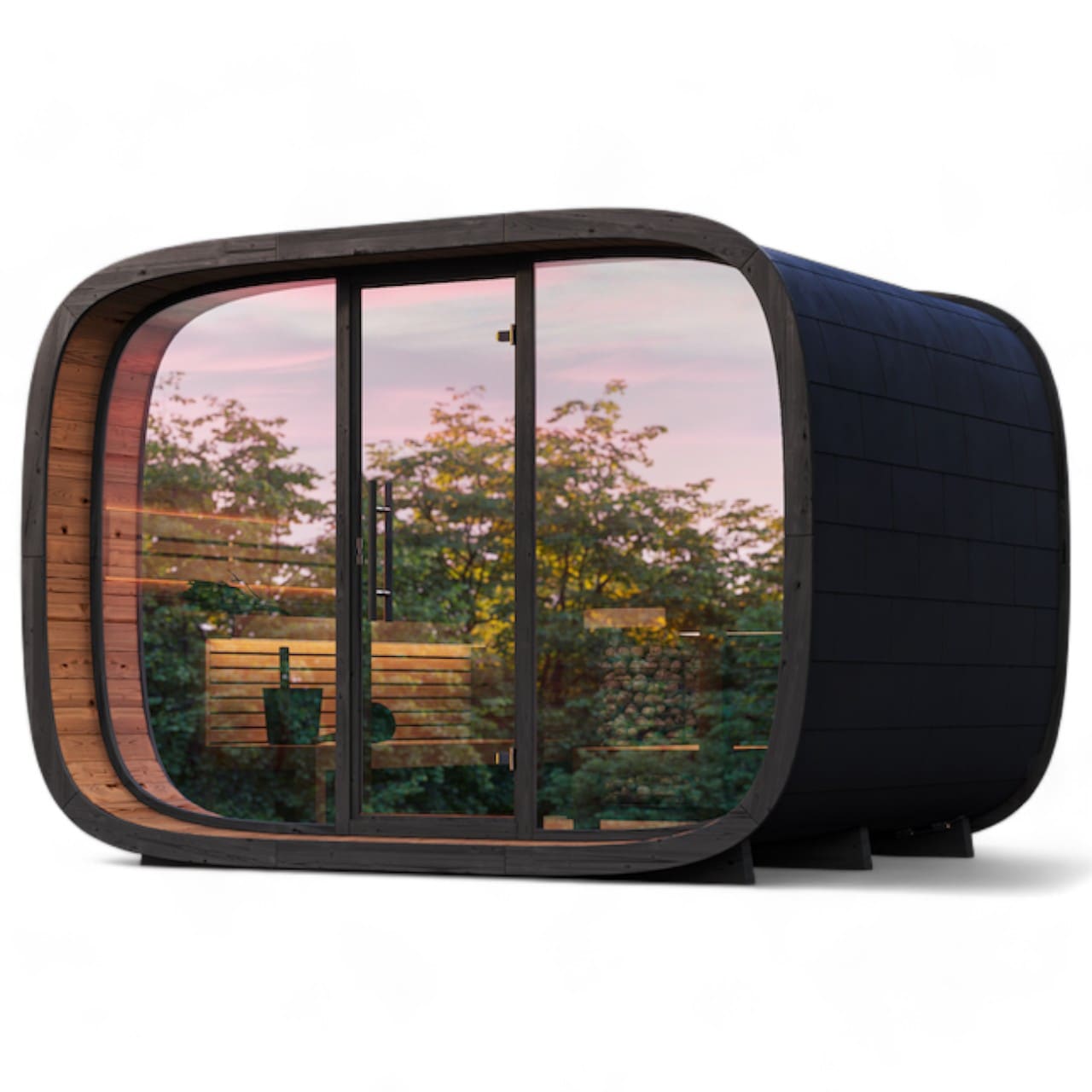
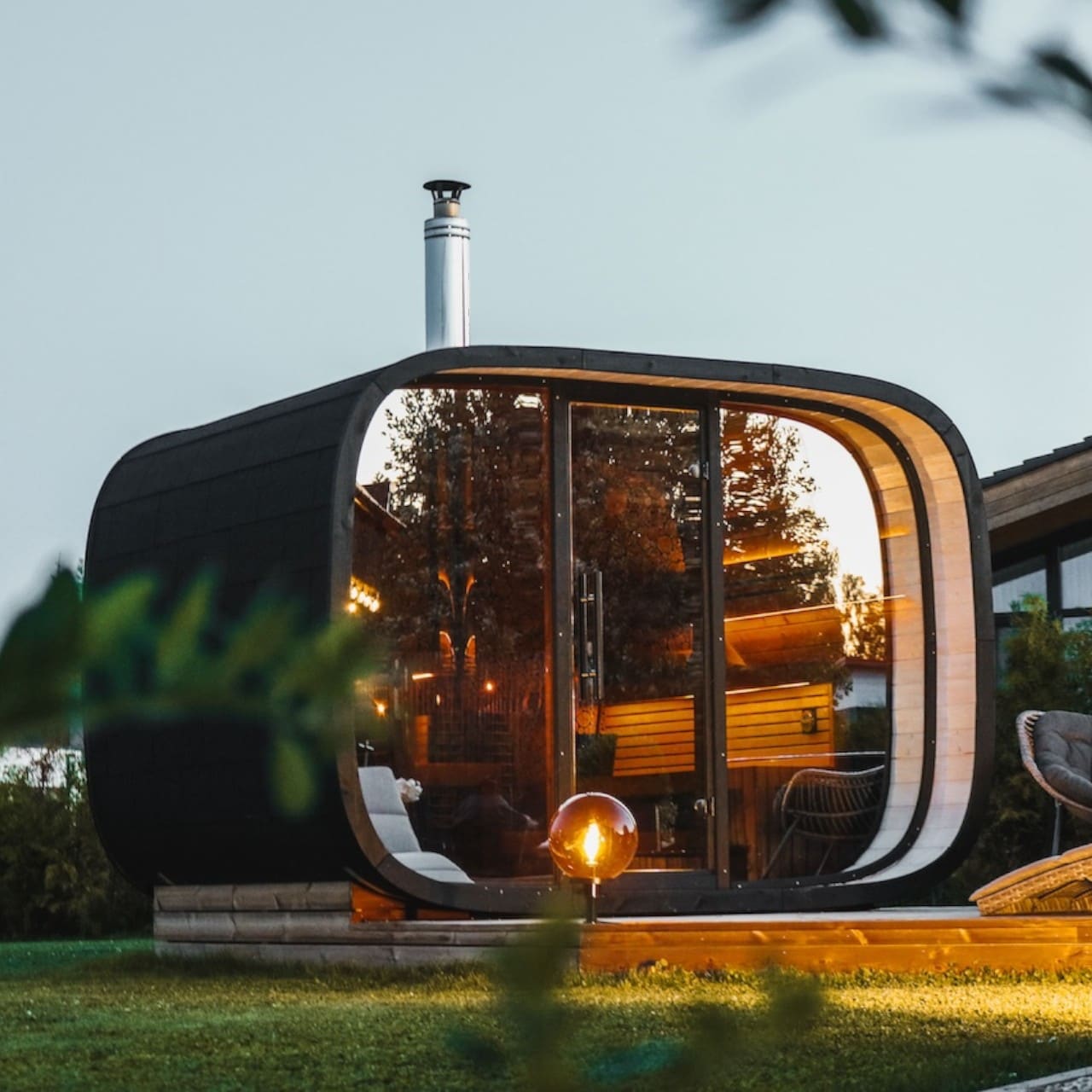
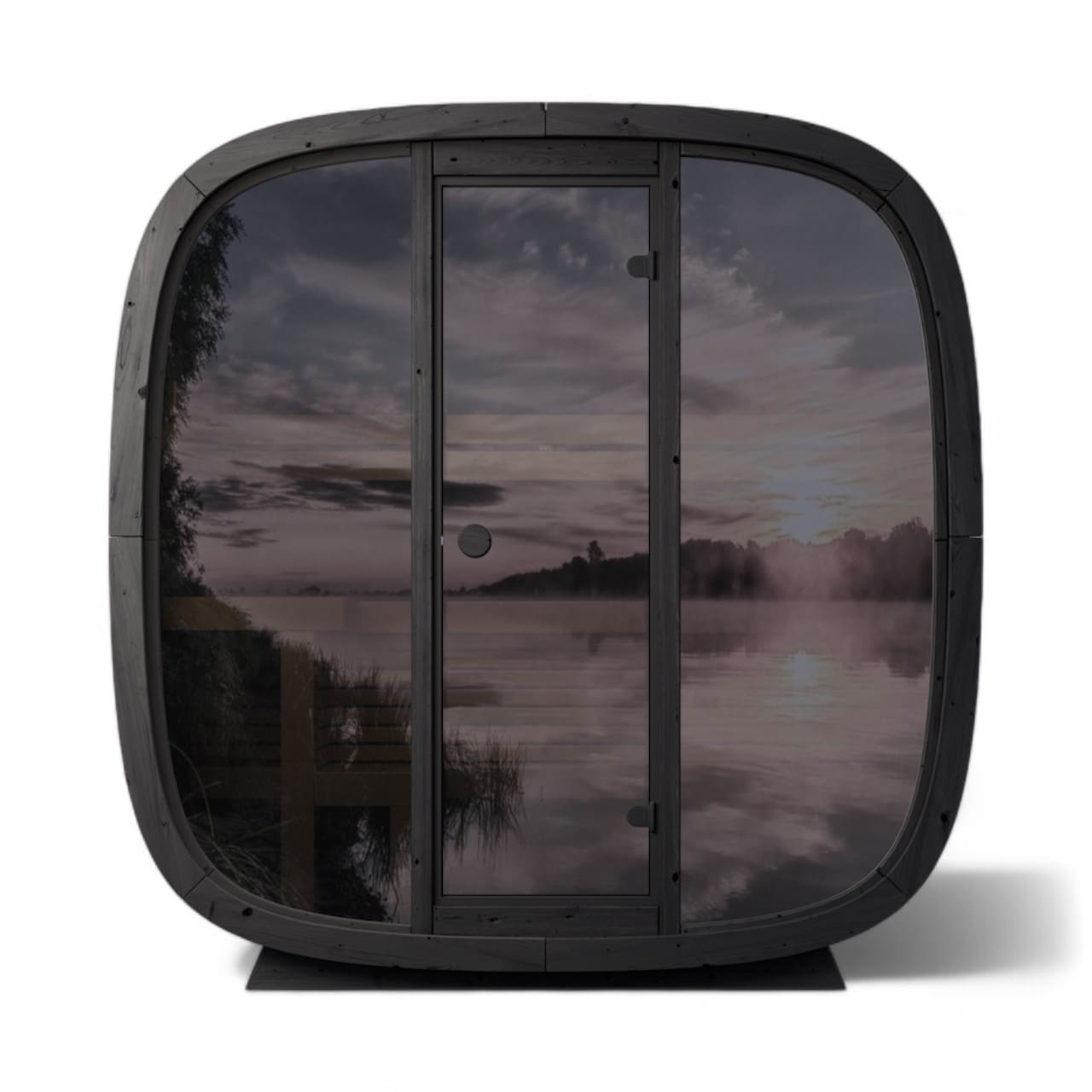
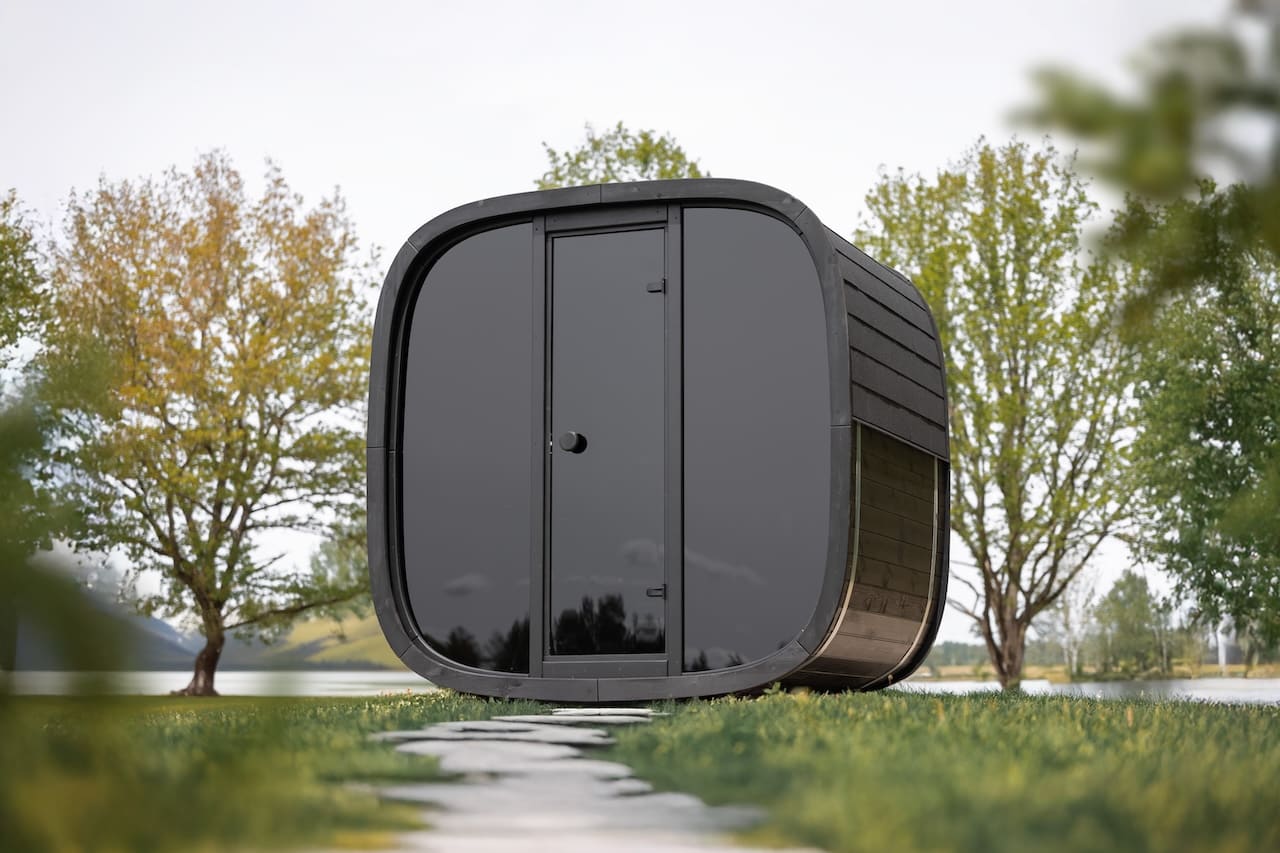
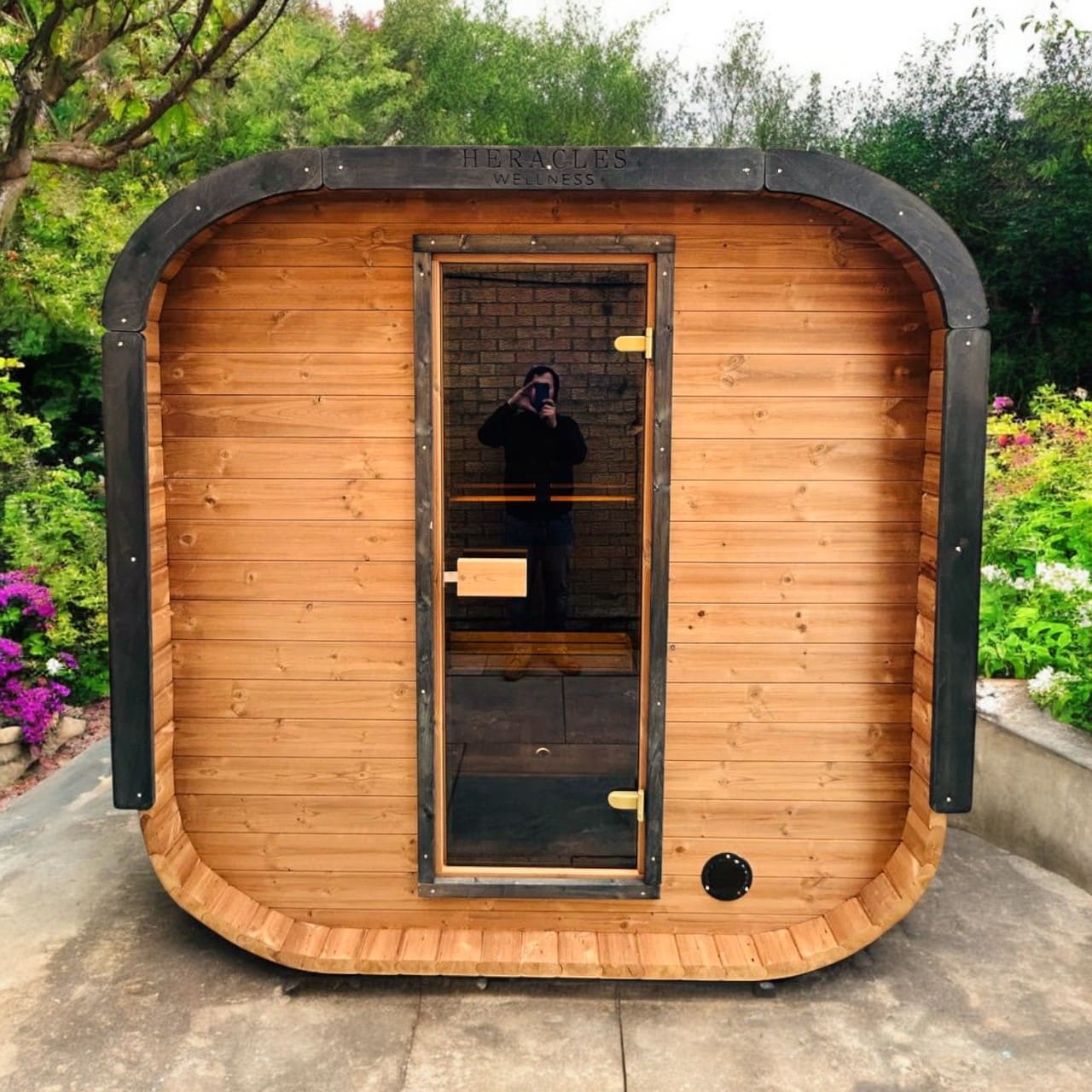
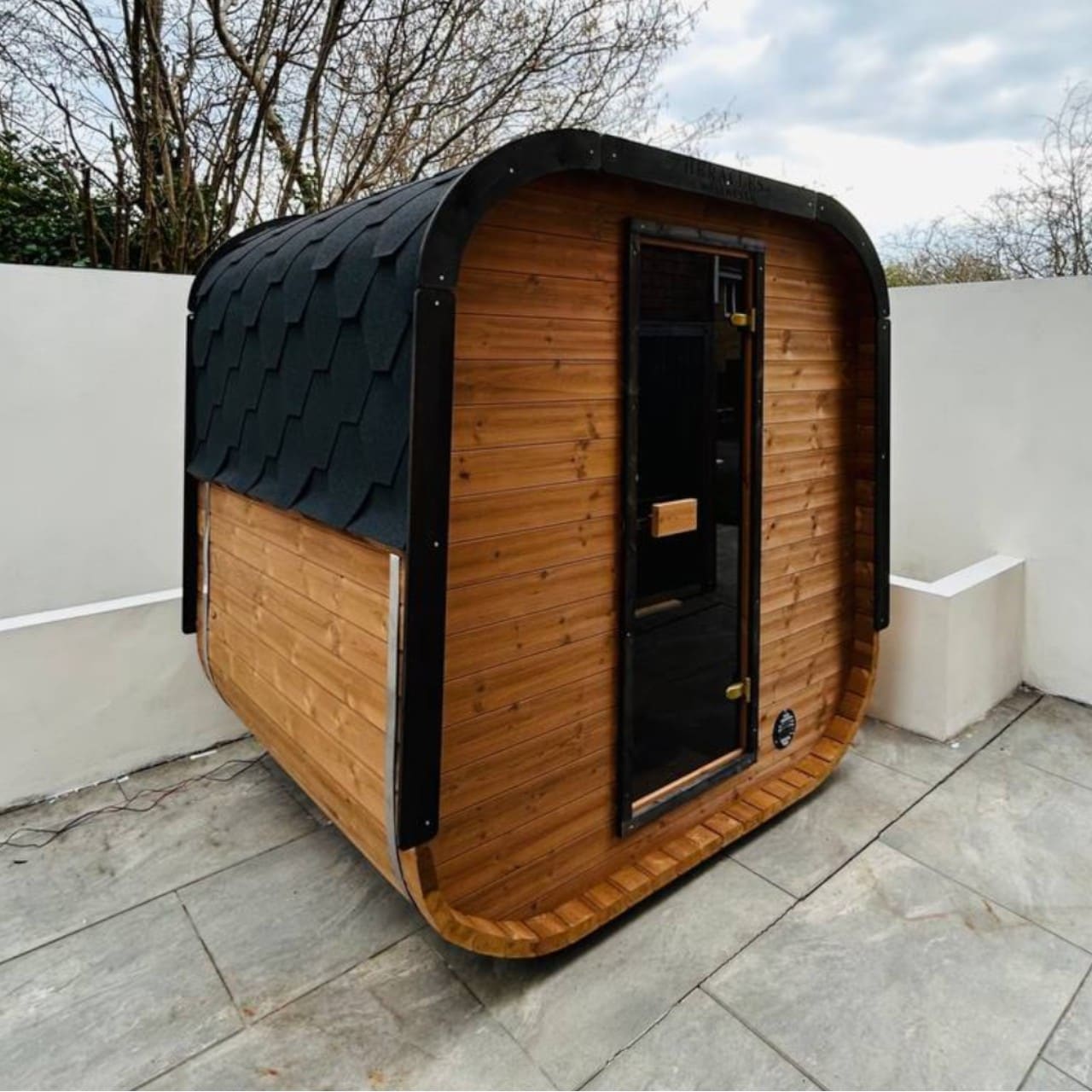
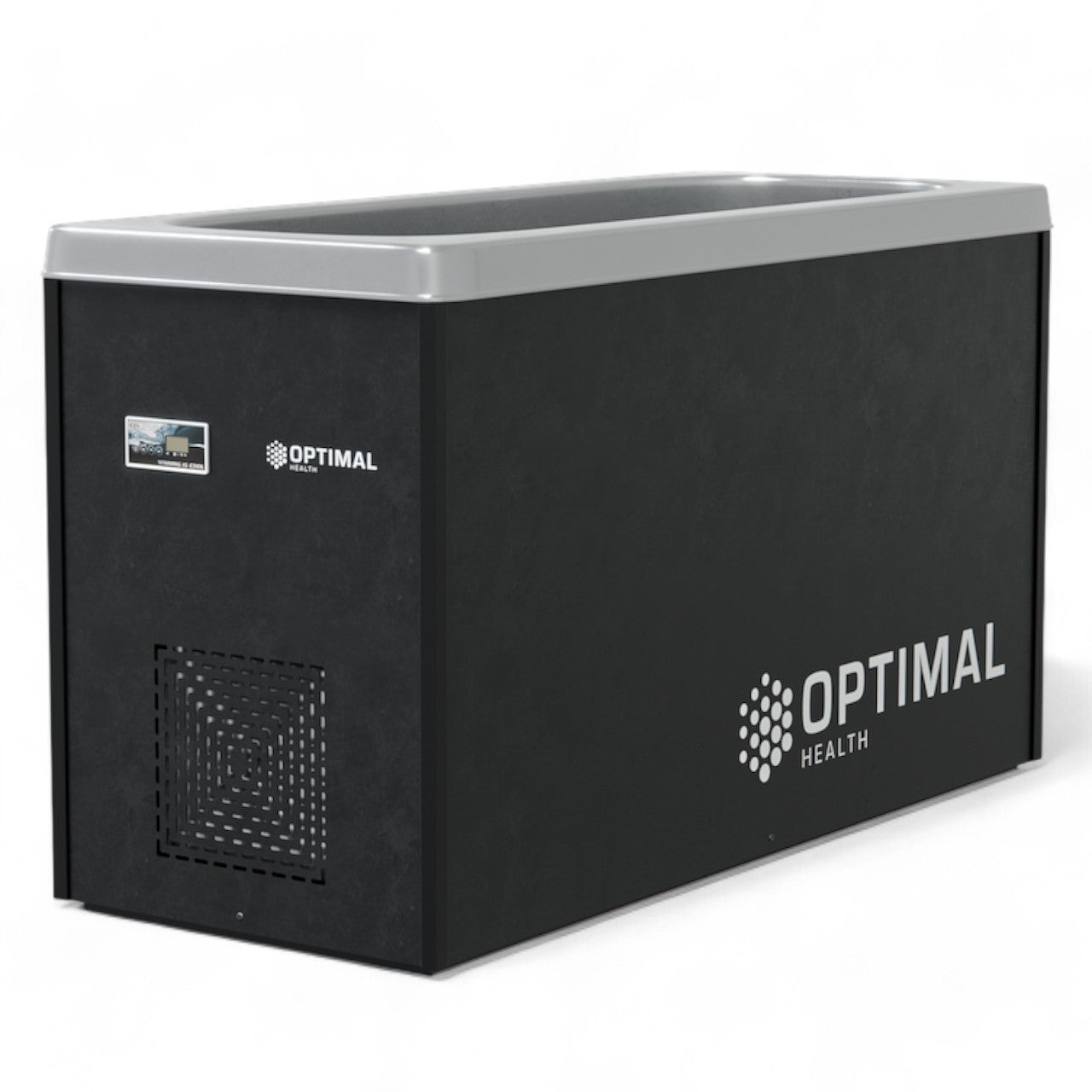

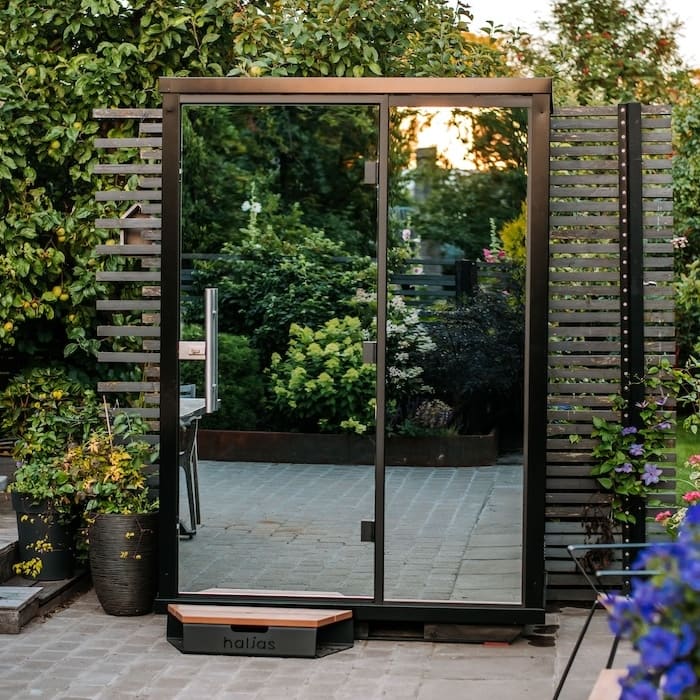
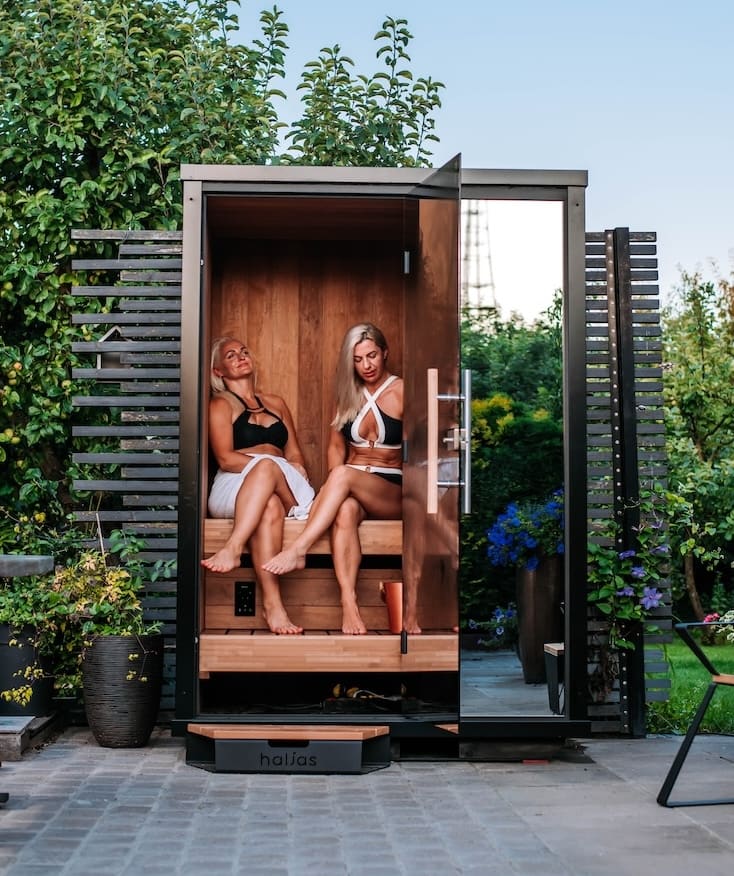



Leave a comment